Is Invisalign Better Than Braces?
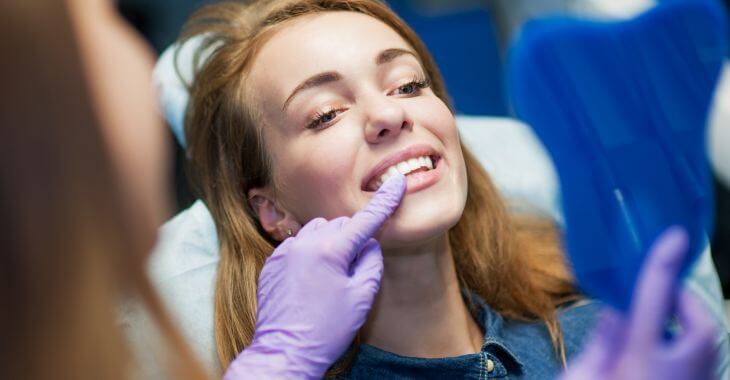
If you have crooked teeth or a misaligned bite, your dentist may suggest that you get orthodontic treatment. Braces are the traditional treatment for malocclusions, but clear aligners like Invisalign® are very popular. Is Invisalign better than braces? Invisalign vs. braces – which is right for you?
How Braces Work
Braces use brackets that are bonded to the teeth and connected with wires. To shift the teeth, bands and wires apply pressure to the brackets, slowly moving the teeth into the desired position. Treatment with braces can take anywhere from six months to over two years, depending on the patient.
How Invisalign Works
Invisalign uses clear, plastic trays that fit over the teeth. These trays or aligners are customized to the patient, created through a specialized 3D imaging software. The aligners are worn at least 22 hours a day, applying pressure to the teeth to shift them into the desired position.
Invisalign vs. Braces: Pros and Cons
Invisalign is the newer of the two orthodontic treatments, arriving on the market in the late 1990s. While clear plastic aligners are popular for many reasons, there are times when braces may be the better option. When looking at Invisalign vs. braces, pros and cons can include the following.
Invisalign Pros
Invisalign was first released as a discreet orthodontic treatment for adults. Many adults desired straighter teeth but did not want to wear metal braces. Invisalign is now available for teens and adolescents and offers the following “pros.”
- Almost invisible. Invisalign aligners are often called “invisible braces,” as they are almost invisible when you are wearing them. For those wanting discreet orthodontic treatment, this is a big selling point.
- More comfortable. Aligners do not poke or rub like the metal brackets and wires used in braces. This can make the treatment more comfortable for patients.
- No food restrictions. You can take out your aligners to eat any foods you desire without worrying about damaging your teeth or treatment.
- Easier oral hygiene. Unlike braces, you can easily brush and floss your teeth thoroughly by removing your aligners.
Invisalign Cons
Invisalign does have many benefits, but they are not perfect for everyone. Some of the cons associated with Invisalign include:
- More expensive. In most cases, Invisalign treatments are much more expensive than traditional braces.
- Patient responsibility. Since you can remove the aligners, there is the risk that patients will not follow their treatment correctly. If patients are not leaving in their aligners, it can delay results.
- Not effective for all malocclusions. More severe malocclusions and bite problems may not be effectively corrected with aligners.
Braces Pros
Conventional braces have been used in some form for over a century. They are still very effective at correcting over, under and cross bites. Some of the pros of braces include:
- Severe bite correction. Braces can be the best solution for patients with severe bite and misalignment problems.
- Cost effective. Braces tend to be less expensive than Invisalign and most dental insurance will cover some of the costs of braces; not all cover Invisalign.
- Secured in place. For adolescents and teens, braces can be a good choice because they cannot take them off. This ensures the treatment will be completed as needed.
- Less invasive options. There are different types of braces such as ceramic, which are less noticeable, or lingual braces that are placed behind the teeth.
Braces Cons
Braces, especially traditional metal braces, have some drawbacks. They are effective treatments for crooked teeth, but they are not without several cons.
- Changes your smile appearance. Traditional braces are very noticeable, which can be embarrassing for some people.
- Uncomfortable. The soft tissue in the mouth can be irritated by the wires and brackets of braces, creating sores. You may need to use dental wax to cover sharp edges on your braces.
- Frequent adjustments. Braces require constant changes to the wires and bands, which can result in more visits to your dentist or orthodontist.
- Food restrictions. Braces can be damaged by crunchy or sticky foods. During treatment, you may not be able to eat many of your favorite foods to avoid device complications. This is especially difficult for many young people.
When comparing Invisalign vs. braces, it is important to look at all the pros and cons of each. For many people, Invisalign offers a more comfortable experience, especially for adults that will adhere to the treatment schedule. However, braces can be more effective for teens and those with severe bite issues.
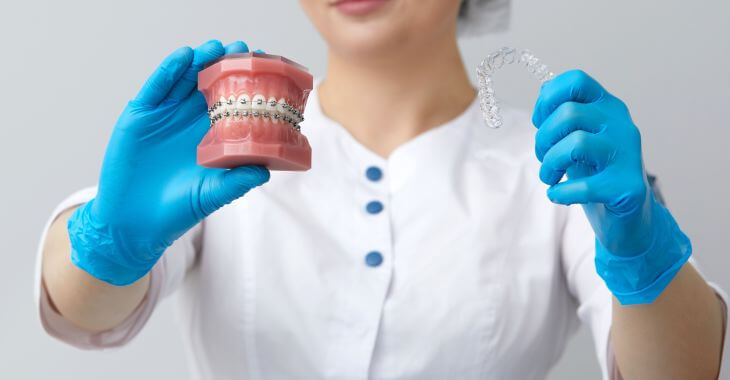
Is Invisalign better than braces? There are many comfort and appearance benefits to Invisalign vs. braces, but there are pros and cons to both. To determine which option is right for you or your child, talk to your dentist or orthodontist about your specific orthodontic treatment needs.
The information provided on this website, including text, graphics, images, and other materials, is intended solely for informational purposes and should not be used as a substitute for professional medical advice, diagnosis, or treatment.

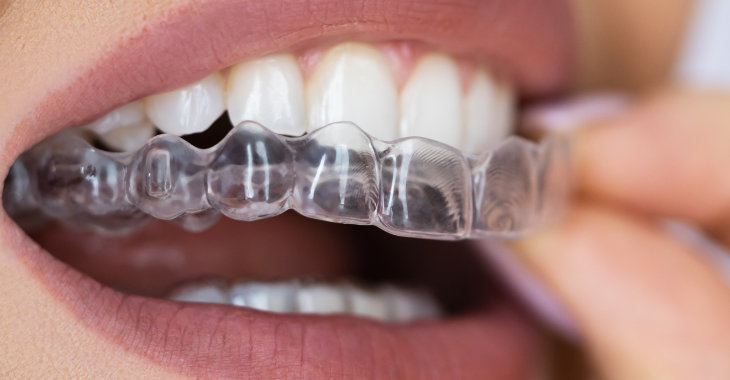
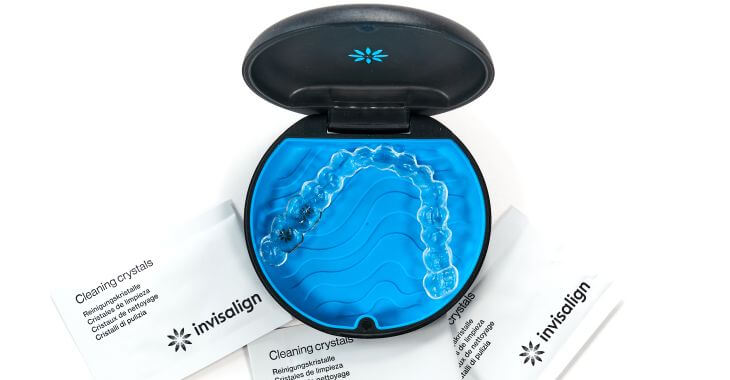
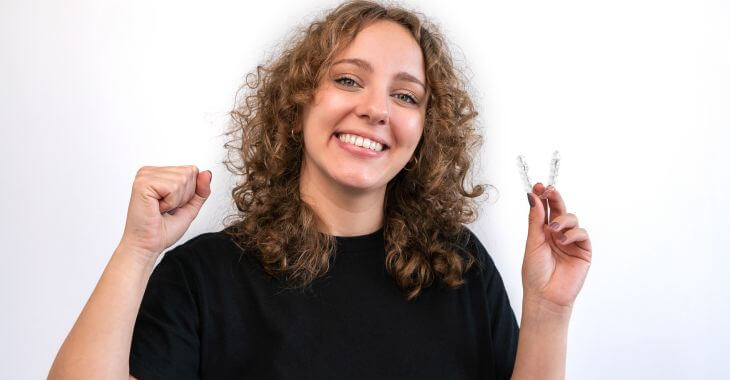
)